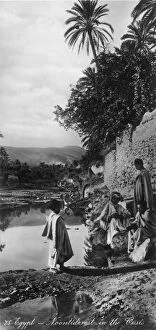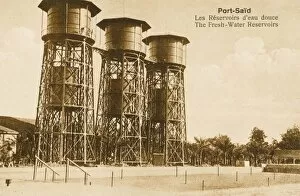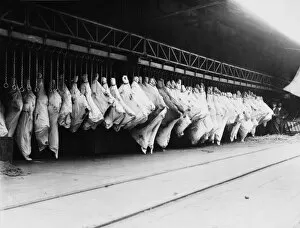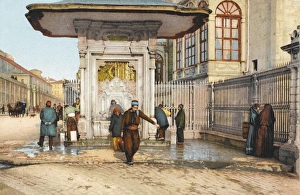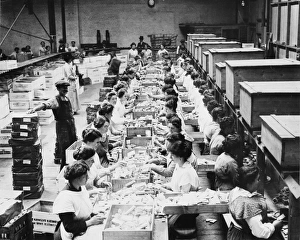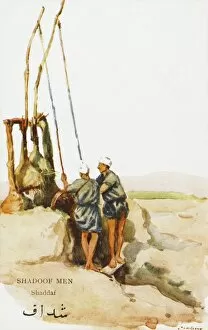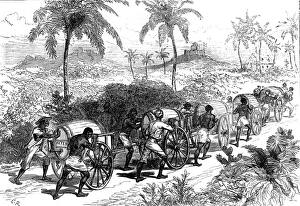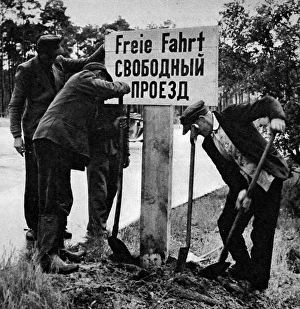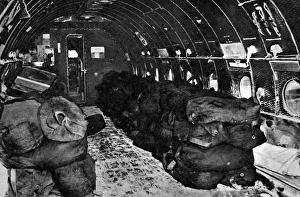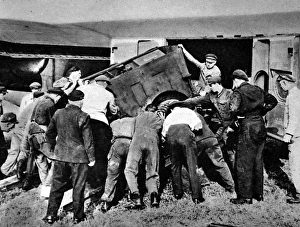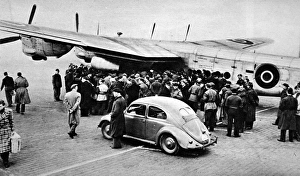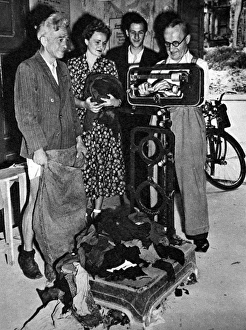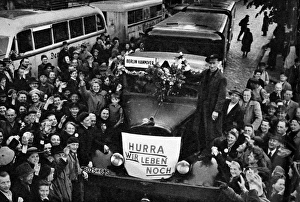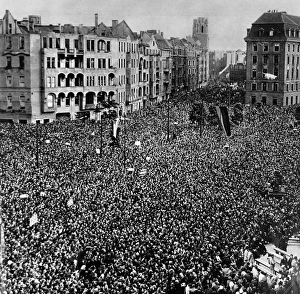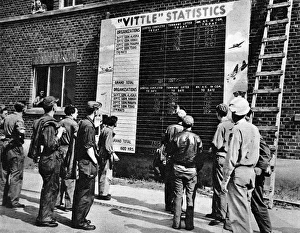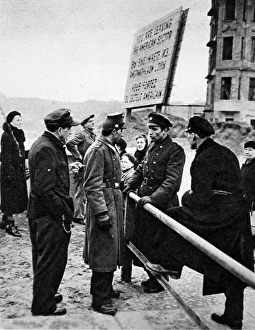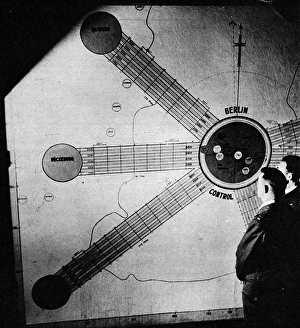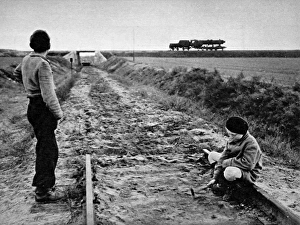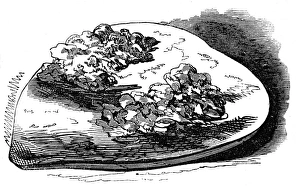Supply Collection (page 41)
"Supply: The Lifeline of Exploration and Triumph" From the treacherous slopes of Mount Everest to the battlefields of World War II
All Professionally Made to Order for Quick Shipping
"Supply: The Lifeline of Exploration and Triumph" From the treacherous slopes of Mount Everest to the battlefields of World War II, it has always been the backbone of success. Sir Edmund Hillary, a legendary New Zealand mountaineer and explorer, understood this well as he stood near the summit alongside Tenzing Norgay on that historic day in 1953. The Royal Logistic Corps, with their unwavering dedication, ensured that supplies reached soldiers during crucial moments like D-Day. As supplies poured ashore amidst chaos and uncertainty, they became a beacon of hope for those fighting for freedom. Innovation also played its part in ensuring supply efficiency. The steam engine with its governor revolutionized transportation by enabling goods to be transported swiftly across vast distances. Meanwhile, a French bathroom from 1906 showcased how even mundane necessities were not exempt from advancements in supply technology. During WWI, German soldiers relied on gas masks stored meticulously in metal containers to protect themselves against deadly chemical attacks. These vital supplies served as armor against an unseen enemy. The Normandy Landings on June 6th, 1944 marked a turning point in WWII. Behind the scenes lay meticulous planning aided by detailed Ordnance Survey maps copied by German forces who marked bombing targets—a testament to both sides recognizing the significance of strategic supply routes. Even beyond warfare lies the importance of supply; oil rigs such as Dixilyn Field off Cornwall's coast ensure energy reaches our homes while Cunard Liner RMS Scythia ferried passengers across vast oceans—both examples showcasing how global connectivity relies upon uninterrupted supplies. However, history is not without its darker moments; Sherman's March to the Sea saw plantations plundered as troops sought essential provisions amidst chaos and destruction—an unfortunate reminder that desperation can lead to dire actions. Supply disruptions can have catastrophic consequences too; train derailments during World War I halted critical shipments at a time when every resource was vital for survival.














